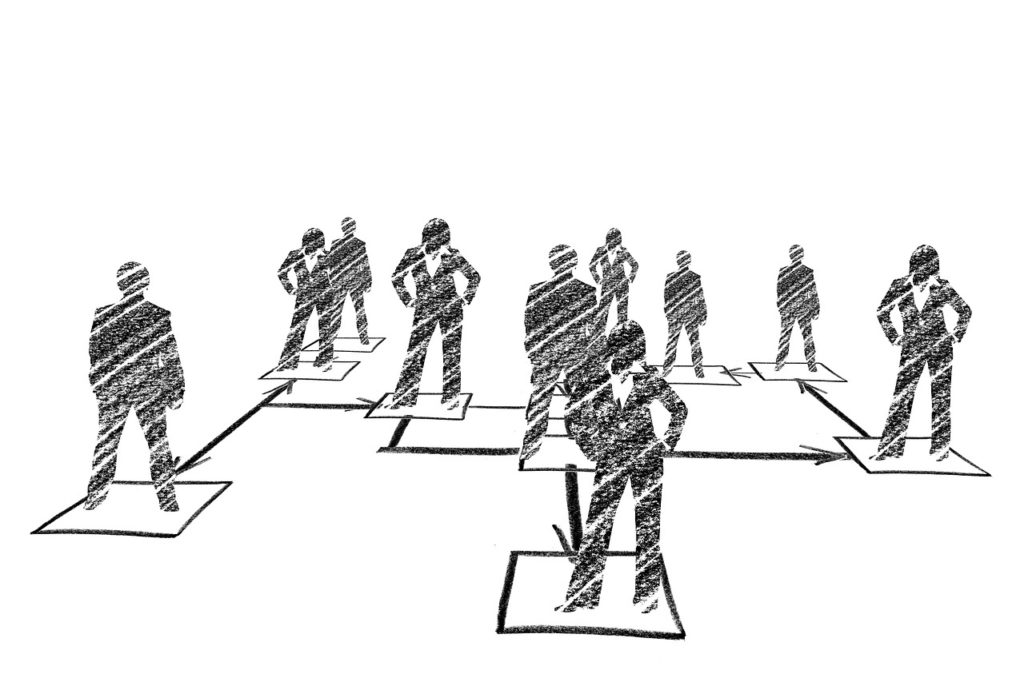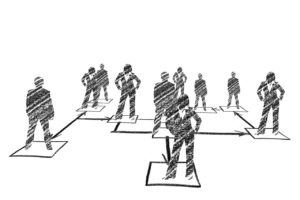What Is Competency-Based Human Resource Management?


Leaders of organizations today are always looking for a competitive edge. In that quest, many organizational leaders have discovered a new, powerful way to reinvent Human Resource Management. It is called competency-based human resource management. But why is a new operating system needed for HR? What are competencies? What is competency-based human resource management, and why is it worth implementing? This article briefly addresses these questions.
Why Is A New Operating System Needed For HR?
Pick up any college textbook on human resource management and you will discover that it indicates that job analysis is the foundation of all HR management. Job analysis is thus an operating system for HR, much like Linux is an operating system for a computer. The result of a job analysis is, of course, a job description, which literally describes the job that people do, and a job specification, which usually describes the minimum qualifications required of someone who performs the job.
The problem is that job descriptions are increasingly out-of-touch with today’s working world. Job descriptions usually delineate what people do in a job. They tend to list work activities. But work activities change quickly in light of competitive conditions and technological change. Job descriptions usually do not clarify the measurable work outputs—that is, the final results—of the work and how it is measured. Instead, they focus on volatile work activities.
Additionally, job descriptions do not clarify what kind of person should do the work. Instead, they speak in terms of the work activities that people do. When managers try to pick out someone to do the work based on a job description, they have to translate what it says they should do (which is listed on the job description) and what kind of person is being chosen (which is not listed anywhere). As a result, managers often make mistakes in hiring.
What Are Competencies?
While the term competency is sometimes a term in search of a meaning, the reality is that the best way to define a competency is as a characteristic of a successful performer. Competencies relate to the people who do the work—not, like job descriptions, to the work itself. Competencies lead to successful work results. Anything contributing to successful work results is thus a competency. A competency model is a narrative description of everything that describes a person who is successful in getting results by doing work.
Competency models may be of two kinds. One kind describes the characteristics of a person who meets the minimum requirements. An example might be a person promoted from within. Selection may depend on picking someone who is adequate.
Another kind of competency model is much more important because better tied to productivity improvement and competitive advantage. Research has shown that not all performers in an organization produce equal results. Some people are simply more productive than other people. The most productive person in a job category (such as supervisor or executive) is called the exemplar. Every job category, or department, has them. The exemplar may be as much as 20 times more productive than an average, but fully-trained, performer in the same job category or department. That means that each exemplar may equal 20 workers!
If you ask, “how can that be? How can one person be as much as 20 times more productive than others?,” then you are really asking the question that competency modeling seeks to answer. A competency model tries to describe the most productive performer—and what makes that person so productive.
The stakes are high. If organizations could identify the differences between their average and their exemplary performers, then they might be able to achieve quantum leaps in productivity improvement. Alternatively, they may be able to save huge sums by
preserving productivity with fewer people—and thus pay less in wages and benefits.
What Is Competency-Based Human Resource Management, and Why Is It Worth Implementing?
If job analysis (and their results—job descriptions) is the operating system for traditional HR management, then competency modeling (and its results—competency models) is the operating system for a new approach to HR management. That new approach is called competency-based human resource management. Competency-based HRM reinvents HR from a new foundation. It seeks to leverage up the productivity of the organization by identifying the key differences between best-in-class and average performers and then using an integrated approach to all functions of HR—such as hiring and training—to narrow the gaps.
But it is worth emphasizing that it is not an all-or-nothing proposition. Some decision-makers choose to reinvent only some HR functions from a competency-based foundation while leaving others traditional (and thus job-based). It is thus possible to talk about traditional or competency-based
- Workforce planning
- Recruitment
- Selection
- Orientation
- Training
- Career planning
- Compensation and benefits
- Performance management
- And any other HR functional area
The determining factor in deciding to move to a competency-based approach to HR is a sense of priorities. To clarify: the old saying is that you cannot eat an elephant all at once, but you can eat an elephant one bite at a time. The same principle holds in moving from a traditional to a competency-based approach to HR. It is not easy to transition from a traditional to competency-based approach. It must be taken one bite at a time. And that may require easing into a competency-based implementation, one HR function at a time.
Conclusion
As the global economy spurs increasingly fierce competition, organizational leaders will be thinking hard about what they could do to give themselves and their organizations a competitive advantage. Since people may be the most important resource, it just makes sense to think how the management of people might be improved. That leads to competency-based HR, which reinvents traditional HR (based in job analysis and job descriptions) to focus on leveraging the known productivity differences between average and best-in-class (because most productive) performers.
Author: William J. Rothwell

